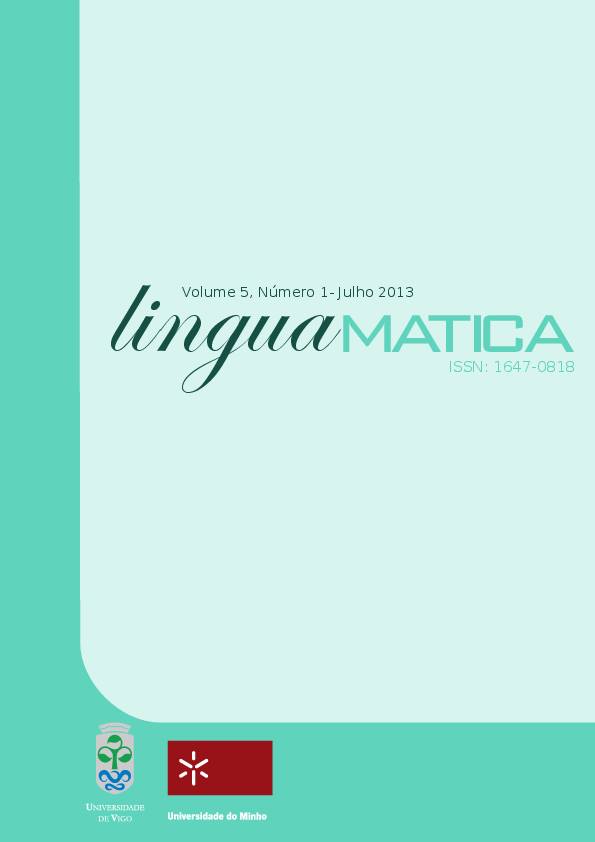Exploring DBpedia and Wikipedia for Portuguese Semantic Relationship Extraction
Abstract
The identification of semantic relationships, as expressed between named entities in text, is an important step for extracting knowledge from large document collections, such as the Web. Previous works have addressed this task for the English language through supervised learning techniques for automatic classification. The current state of the art involves the use of learning methods based on string kernels. However, such approaches require manually annotated training data for each type of semantic relationship, and have scalability problems when tens or hundreds of different types of relationships have to be extracted. This article discusses an approach for distantly supervised relation extraction over texts written in the Portuguese language, which uses an efficient technique for measuring similarity between relation instances, based on minwise hashing and on locality sensitive hashing.
In the proposed method, the training examples are automatically collected from Wikipedia, corresponding to sentences that express semantic relationships between pairs of entities extracted from DBPedia. These examples are represented as sets of character quadgrams and other representative elements. The sets are indexed in a data structure that implements the idea of locality-sensitive hashing. To check which semantic relationship is expressed between a given pair of entities referenced in a sentence, the most similar training examples are searched, based on an approximation to the Jaccard coefficient, obtained through min-hashing. The relation class is assigned with basis on the weighted votes of the most similar examples. Tests with a dataset from Wikipedia validate the suitability of the proposed method, showing, for instance, that the method is able to extract 10 different types of semantic relations, 8 of them corresponding to asymmetric relations, with an average score of 55.6%, measured in terms of F1.
Authors who publish with this journal agree to the following terms:
- Authors retain copyright and grant the journal right of first publication with the work simultaneously licensed under a Creative Commons Attribution License that allows others to share the work with an acknowledgement of the work's authorship and initial publication in this journal.
- Authors are able to enter into separate, additional contractual arrangements for the non-exclusive distribution of the journal's published version of the work (e.g., post it to an institutional repository or publish it in a book), with an acknowledgement of its initial publication in this journal.
- Authors are permitted and encouraged to post their work online (e.g., in institutional repositories or on their website) prior to and during the submission process, as it can lead to productive exchanges, as well as earlier and greater citation of published work (See The Effect of Open Access).













